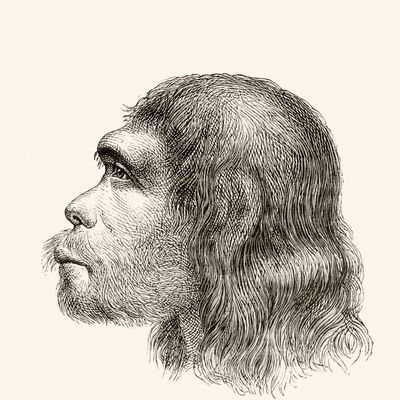
The New York Times reports that two new studies regarding our genetic relationship to Neanderthals have reached similar conclusions: Between 85,000 and 37,000 years ago, after groups of modern humans had migrated out of Africa, they mated with Neanderthals. Neanderthals, extinct for 30,000 years, are the closest relatives to humans, sharing a common progenitor from 600,000 years ago.
Where do we see this evidence of Neanderthal-human lovin’? Researchers say that Neanderthal DNA related to hair and skin is particularly present in certain modern humans’ DNA. In a paper published in Nature, researchers from Harvard Medical School and the Max Planck Institute for Evolutionary Anthropology in Germany concluded that Neanderthal DNA is particularly similar to DNA from European and Asiatic people; another research team from University of Washington came to similar conclusions. Both studies note that Neanderthal genes are now very common in currently living non-African people.
So, though the hunched posture and thick brow of the Neanderthal do not seem attractive to the contemporary human, perhaps a being that was protected by a tangle of pelt-thick hair, with skin stronger than bark, was just the finest thing long-ago modern humans had ever seen. And Neanderthals also had larger cranial capacity — so, you know, they certainly had the wit and wisdom to woo newcomer humans.

